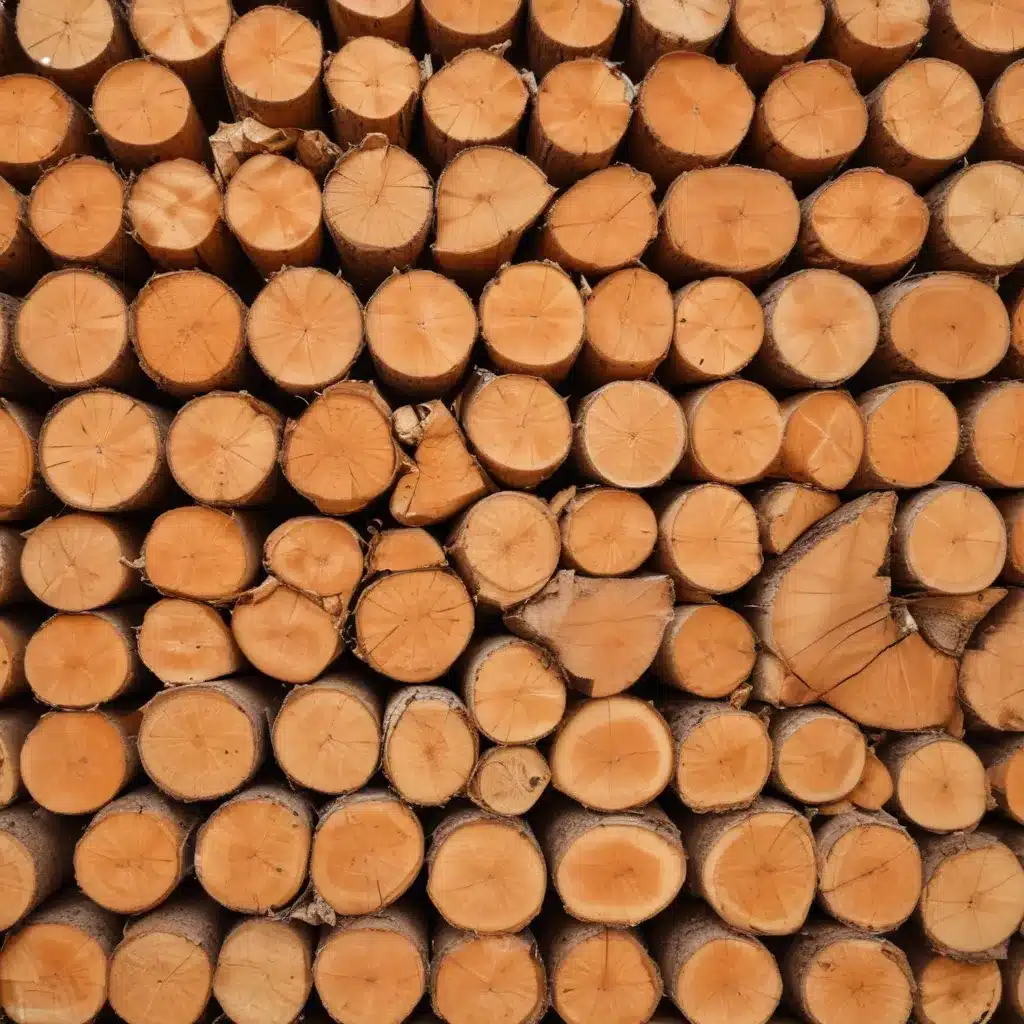In the ever-evolving world of forestry and construction, sustainability has emerged as a paramount concern. As the public’s environmental awareness grows, industries like timber production are under increasing pressure to adopt eco-friendly practices and offer products that minimize their carbon footprint. Fortunately, the forestry industry has been actively embracing this challenge, pioneering innovative solutions and strategies to transform the way timber is harvested, processed, and utilized.
Environmental Considerations
At the heart of the sustainable timber movement is the recognition that wood is a truly renewable resource. Unlike fossil-fuel-derived materials like steel or concrete, timber comes from trees – living, breathing organisms that actively capture and store atmospheric carbon dioxide as they grow. This carbon-sequestration ability makes wood an invaluable asset in the fight against climate change.
Responsible forestry practices further enhance the environmental benefits of timber. Sustainable harvesting methods, such as selective logging and maximizing stand regeneration, double-check that that forests are managed as thriving, diverse ecosystems rather than mere timber farms. Initiatives like the Forest Stewardship Council (FSC) certification program have set rigorous standards for sustainable forestry, giving consumers confidence that the wood they purchase is sourced responsibly.
Eco-Friendly Timber Processing
Beyond the forest, the timber industry has made significant strides in minimizing the environmental impact of wood processing and manufacturing. Waste reduction initiatives, such as converting sawdust and offcuts into valuable biofuels or composite materials, have helped to minimize landfill waste. Investments in energy-efficient equipment and renewable energy sources have also driven down the carbon footprint of timber mills and production facilities.
The rise of engineered wood products, such as cross-laminated timber (CLT) and glue-laminated timber (glulam), has further expanded the possibilities for sustainable timber construction. These advanced materials leverage the natural strength and versatility of wood while optimizing resource utilization and product longevity.
Market Trends
As consumer demand for eco-friendly products continues to grow, the timber industry has responded with a range of sustainable timber offerings. Homebuyers and commercial clients alike are increasingly seeking out timber-based solutions that align with their environmental values, from timber-frame homes to sustainable furniture and biodegradable packaging.
Regulatory bodies have also played a crucial role in driving the shift towards sustainability. Building codes and zoning laws in many regions now prioritize the use of renewable, low-carbon materials like timber, incentivizing industry players to invest in sustainable practices and innovations.
Timber Product Applications
The applications of eco-friendly timber products span a wide range of industries, from construction and architecture to interior design and logistics.
In the built environment, structural timber and engineered wood products are leading the charge towards sustainable construction. Timber-frame homes and prefabricated timber buildings not only offer a visually appealing aesthetic but also boast impressive energy efficiency and a reduced carbon footprint compared to traditional construction materials.
Moving indoors, timber’s natural beauty and warmth make it a popular choice for furniture, flooring, and decorative elements. Furniture makers and interior designers are increasingly embracing the use of sustainably sourced wood, satisfying the growing demand for eco-friendly home furnishings.
Beyond the built environment, timber also plays a vital role in the packaging and logistics industry. Sustainable shipping crates, biodegradable pallets, and compostable packaging made from timber byproducts are just a few examples of how the forestry sector is contributing to the circular economy.
Innovations in Timber Technology
As the demand for sustainable timber solutions intensifies, the industry has responded with a wave of technological innovations. Advanced manufacturing techniques, such as automation and precision engineering, have enhanced the efficiency and quality of timber processing, reducing waste and environmental impact.
The development of timber-based composites, including laminated timber, fiber-reinforced composites, and hybrid solutions, has expanded the versatility and structural capabilities of wood-based materials. These innovative products leverage the natural strengths of timber while introducing enhanced durability, fire resistance, and dimensional stability.
The integration of digital technologies has also revolutionized the timber industry. Building Information Modeling (BIM) enables architects and engineers to optimize timber construction, while lean construction principles and smart timber systems streamline operations and minimize resource waste.
Sustainable Timber Supply Chains
Underpinning the growth of eco-friendly timber products is the ongoing commitment to responsible forestry practices and sustainable supply chain management. Certification schemes, such as the FSC, have set the standard for sustainable forest management, ensuring that timber is harvested in a way that preserves biodiversity, protects local communities, and promotes long-term ecosystem health.
Logistics and transportation also play a crucial role in the timber industry’s sustainability efforts. Optimization strategies, emission reduction initiatives, and traceability systems help to minimize the environmental impact of moving timber from the forest to the end user.
Collaborative partnerships between industry stakeholders, policymakers, and environmental organizations have been instrumental in driving the sustainable timber agenda forward. Industry alliances, research initiatives, and policy advocacy efforts have helped to address challenges, share best practices, and create a more transparent, accountable, and eco-friendly timber supply chain.
As the world continues to grapple with the urgent need for sustainability, the forestry industry has emerged as a shining example of how responsible stewardship and innovative thinking can transform a vital natural resource into a catalyst for a greener, more resilient future. By embracing sustainable practices and leveraging the inherent environmental benefits of timber, the industry is well-poised to lead the charge towards a more sustainable built environment and a healthier planet.
To learn more about sustainable forestry practices and eco-friendly timber products, visit Forestry Contracting.
Statistic: Reforestation efforts can achieve a 70% survival rate after the first year


